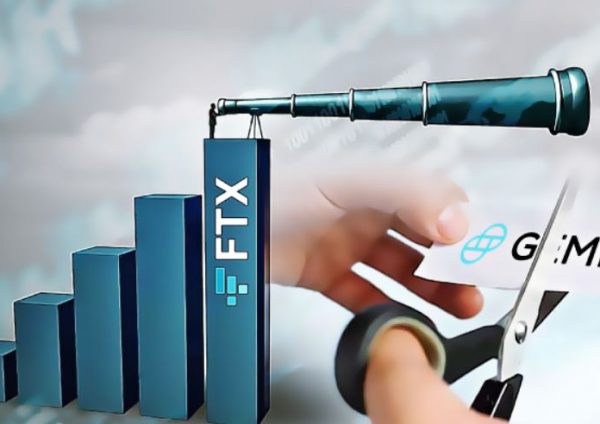What is Crypto Staking?
To have a “stake” in something means that you share ownership of an asset. Ownership could be notional or actual, depending on the nature of the goods that are owned. Crypto staking is nothing more or less (read this – best crypto staking rewards). If you own cryptocurrency, then you have a stake in such currency.
However, define staking crypto in the cryptocurrency industry also means that you have an option to retain or secure coins. This is similar to a fixed deposit in a bank account. Staking some or all of your tokens in a validated exchange enables you to earn static income through interest or growth rewards by allocating further blockchains.
To stake crypto means that you can place an amount of crypto you own into a secure wallet for a specified period and undertake not to trade in such crypto.
✅ Yes, you should, as it offers substantial interest and growth potential at minimal risk.
✅ Staking crypto is safe and secure provided that you stake your investment in reputable and reliable currencies and exchanges. You should always double-check the URL of the website you are visiting. There are plenty of fake crypto apps on both Apple and Android, so be on the lookout for numerous reviews and make sure a reputable company is behind the service.
✅ Generally, staking is profitable, subject to the volatility of price fluctuations of the coin you own.
✅ Yes, many crypto exchanges offer staking in some of their trade currencies.
✅ Staking crypto in your wallet is possible, provided that the exchange and currency validate the stake.
❌ No, once you have decided on a currency that validates staking, the process is simple and only requires computer capacity and access to your exchange of choice.
Most major coins can be staked except for Bitcoin, which does not allow staking.
Besides value fluctuations of the coin, the main risks include the volatility and security of the legal environments that cryptocurrencies are subjected to and the security and the complexities involved in the trading of cryptos offered by coin exchanges. The potential returns on staking, however, tend to overshadow the risks.
Each exchange sets its minimum investment amount for a particular coin. These are normally small amounts, and in most cases, no deposit fee is charged. Staking crypto Australia, for example, requires a minimum investment of Aus$1.00, while staking crypto Canada sets a minimum of $1.00 as well.
In straightforward language, when you have a stake in crypto, you can stake your holdings as security, obtain rewards, or earn interest without trading the holdings or “mining” them. Staking crypto definition: it’s the process of locking up crypto holdings to obtain rewards or earn interest.
Crypto staking explained
There are two ways of crypto staking meaning, you can delegate or you can validate:
Delegating crypto stakes is far easier for the average crypto user, and that’s what people are referring to when they talk about staking.
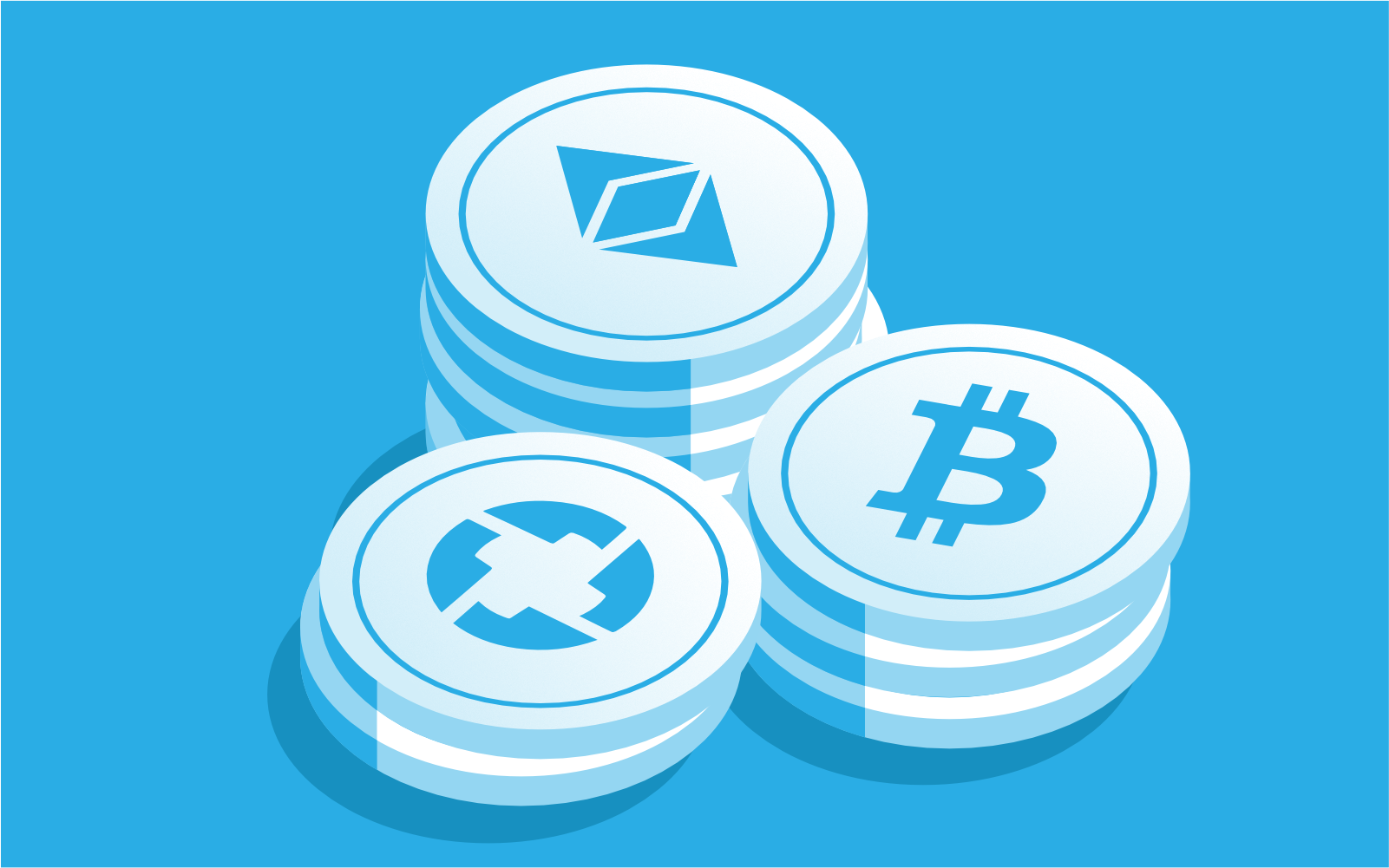
Being a validator requires a highly technical knowledge of crypto, specialised equipment, a large amount of crypto, and rock-solid internet that you’d find at a data center. It’s usually institutions that act as validators.
When you delegate, you’re simply locking up your crypto funds with a recognised validator and reaping the rewards with very little effort (in return, the validators will take a small percentage of your yield).
With either form of crypto staking, you earn the return on investment in assets that you’ve staked. So if you’ve staked Cardano, you earn your reward in Cardano (read this – how to stake Cardano?).
How does crypto staking work?
When investors in a particular cryptocurrency agree to secure or lock-in their holdings, they undertake not to trade or withdraw the tokens for a specified period. This has the effect that the supply of the tokens is limited, which could improve the value of the tokens through supply and demand mechanisms.

However, the value of a token does not necessarily increase due to staking, as many other factors impact cryptocurrency values. Many cryptocurrencies are moving from the so-called Proof-of-Work system (PoW) to a Proof of Stake system (PoS). Pow vs PoS?
Well, many blockchains using the crypto proof of stake system (PoS) can govern and manage the network. This is similar to holding shares in a company, where you are entitled to a vote and participate in the management of the blockchain.
PoS crypto meaning: exchanges can authenticate cryptocurrency transactions by using the Proof of Stake system. The PoS system allows owners of the cryptocurrency to stake their coins giving them the opportunity to validate and add new blocks of translations to the blockchain.

Compared to PoW systems, PoS is very energy-efficient and thus environmentally sustainable. Investors are consequently encouraged to stake their cryptos in funds providing staking options.
- When the minimum balance is met, a node deposits that amount of cryptocurrency into the network as a stake (similar to a security deposit).
- The size of a stake is directly proportional to the chances of that node being chosen to forge the next block.
- The validator receives a reward if the node successfully creates a block, similar to how a miner is rewarded in proof of work chains.
- Validators would lose part of their stake if they double-sign or attack the network.
How to stake crypto?
Similar to investing in a new business or company, deciding on the right crypto is an essential aspect of the staking process. Take your time and speak to people who have had experience in cryptos. Cryptocurrencies are volatile, so only buy cryptocurrency if you believe that it will be a good investment in the long run.

Cryptocurrency staking starts with you. Before you start staking, you would need to invest and own a proof of stake crypto. Not all cryptocurrencies validate proof of stake (PoS). Staking should be seen as an add-on and not the sole reason to buy. Considering where you will purchase the crypto is vital because you need to ensure that they do offer staking.
Choose a cryptocurrency exchange that offers crypto staking on the platform for your ease. If you buy crypto from an exchange that doesn’t offer stake meaning crypto, you won’t be allowed to stake the crypto on the exchange platform and you can’t transfer the crypto to another wallet where you have the ability to stake.
What is a Cryptocurrency Exchange?
Crypto exchanges are very similar to stock exchanges, where trading with assets, shares, currencies is all facilitated. Crypto exchanges usually deal with several cryptocurrencies and give you advice and tools to trade in digital currencies such as Ethereum, Bitcoin, or Dogecoin.

The best exchanges have low transaction fees, strong safety features, and currency options. These exchanges are all online, giving you some options to study and assimilate. It’s important to look at supported currencies, pricing, withdrawal options, and security.
Do your homework and take your time. Like stock markets, there are good times to buy or sell and bad times to buy or sell. Know the difference! Also, find out which exchanges and digital currencies are allowed in your country.
Invest in the crypto you want
After choosing the right exchange, buy the cryptocurrency you would like. Not all crypto platforms allow staking, so make sure that you invest in a crypto platform that offers staking. While having a stake in cryptocurrency is gaining ground quickly, unfortunately, some payment platforms that sell crypto don’t have staking features.
For information, you can consult independent sites such as Investing.com, The Motley Fool, Walletgenius.com, and financial publications like The Economist and Forbes, which regularly assess and review exchanges and currencies.

The following exchanges are considered among the best: Binance, Bitfinex, Coinbase, SimpleFX, Kraken, and KuCoin. These exchanges do have crypto staking features for some cryptocurrencies which allows you to stake your crypto as you wish.
You’ll also have the opportunity to transfer your crypto when you want to try staking it on a different exchange platform. There are hundreds of platforms worldwide that are waiting to give you access to thousands of cryptocurrencies. To find the one that’s right for you, you’ll need to decide which features matter most to you.
What is crypto staking coins – staking pools?
If you bought at a crypto exchange that supports staking, then you’re good to go! If you’re uncertain about how to stake crypto, take a look at the help or FAQ section to learn more about it.
Staking pools are another option for staking cryptocurrency; investors often set up pools to limit and spread their exposure to the risks and fluctuations of an investment. To create a pool In the digital currency arena, you need a crypto wallet for transferring your cryptocurrency. After creating a cryptocurrency wallet, you can select a staking pool and transfer your cryptocurrency into the pool via your wallet.
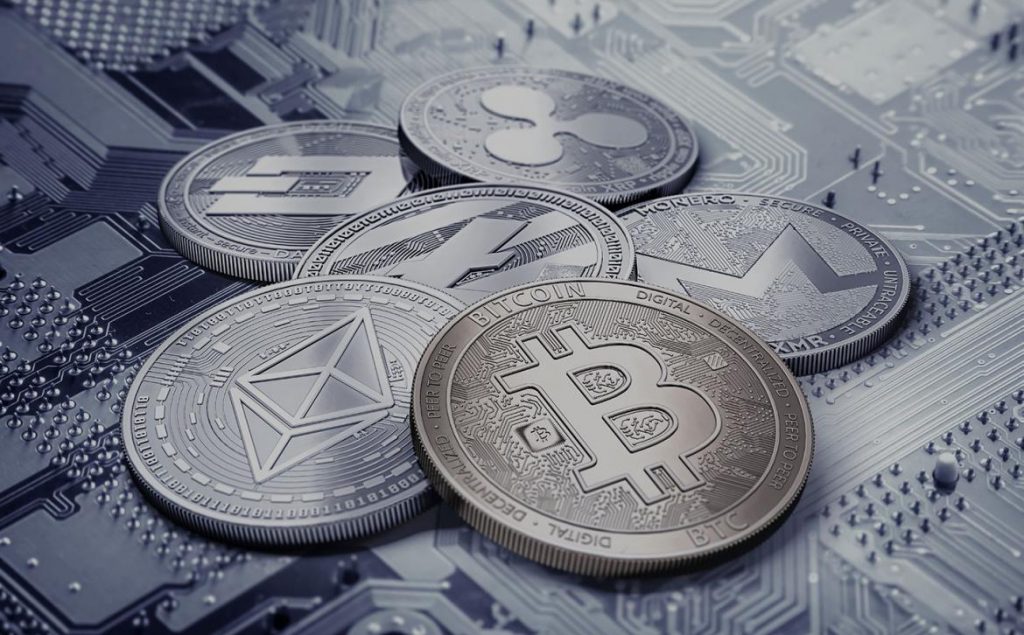
A staking pool allows several stakeholders to combine their computational resources to increase their chances of being rewarded. In other words, they unite their staking power in the process of verifying and validating new blocks, so they have a higher probability of earning the block rewards.
Before staking your chosen crypto, research is crucial to discover the best staking options for a specific cryptocurrency. Fortunately, there are various exchange platforms that offer staking so understanding the process is a straightforward task. Once you understand the staking options for the particular crypto of your choice, you’ll be able to use a method that offers you rewarding returns.
Purchase and sell cryptocurrency on a professionally-chosen exchange
When you pick a crypto exchange, you must investigate which one suits you. Factors to consider include simplicity to trade, attractive interest rates, the scope and variety of cryptos that a trading platform offers, information on the latest trends and investment strategies, diversification of risk and investment options, sustainability and environmental considerations, and trading possibilities between peers.
Besides deciding on the right crypto exchange, you need to choose a cryptocurrency that validates staking. All investments take into account risk, the rate of returns, reliability, reputation, and other variables.

Staking typically suits investors with a long-term perspective on expected returns or those who would like to get involved in the operations and management of blockchains. If crypto offers very high returns, approach it with caution. While tempting, most of these are poor investments that are volatile or could plummet in price.
You should only buy crypto when you feel confident that it’s a good long-term investment. Look at staking as the cherry on top, and don’t make it the only reason you buy.
What coins to stake?
The coins that are considered to be the best to stake are:
- Ethereum 2.0 (ETH) Ethereum 2.0, or Eth2, is the second-most popular cryptocurrency provider behind Bitcoin and is one of the best staking coins available. Bitcoin, however, doesn’t allow staking at present.
- Polkadot (DOT)
- Tezos (XTZ)
- Polygon (MATIC)
- Binance (BNB)
- Hydra (HYDRA)
- Algorand (ALGO)

How large is the investment in staked crypto?
According to Coinmarketcap.com, in September 2021, a total of 15,549,281 BNB or $6.1 billion in assets were staked on Binance Smart Chain. The popularity for staked crypto is evident in the assets’ value that were staked in DeFi protocols the same year, with over $86,59 billion calculated in September 2021.
Why staking is different from mining crypto
The main aspects of mining cryptocurrency: staking nodes is the process of authenticating new blocks in the network by locking funds. Whereas, mining crypto is where users solve complex mathematical problems.
Staking nodes involves establishing a smart contract to lock up native tokens on an exchange which are used to validate new blocks. Whereas, mining crypto involves a miner who solves the complex mathematical problem first, and contributes a new block to the existing blockchain. Users who mine crypto are referred to as “miners’.

Mining requires more time and computational resources to solve the mathematical problem which makes it more difficult to establish the block. Whereas, staking crypto allows more staking of native tokens which offers more opportunities to establish blocks and acquire stored value.
Mining crypto uses a lot of energy because it requires special hardware to mine. This makes it quite environmentally unsustainable. Whereas, staking doesn’t require much energy, making it more sustainable.
Where to stake cryptocurrency?
You can buy digital currencies at any crypto exchange. Not all cryptocurrencies support or validate staking, however. Identify and select those currencies you can stake as not all coins are stakeable. The list below reflects various popular currencies offering staking of crypto:
Ethereum staking explained: Ethereum, and more recently, Ethereum 2 staking pools transactions support PoS. This is an attractive option as it is the largest coin to offer PoS and has the best Ethereum 2 staking pools.
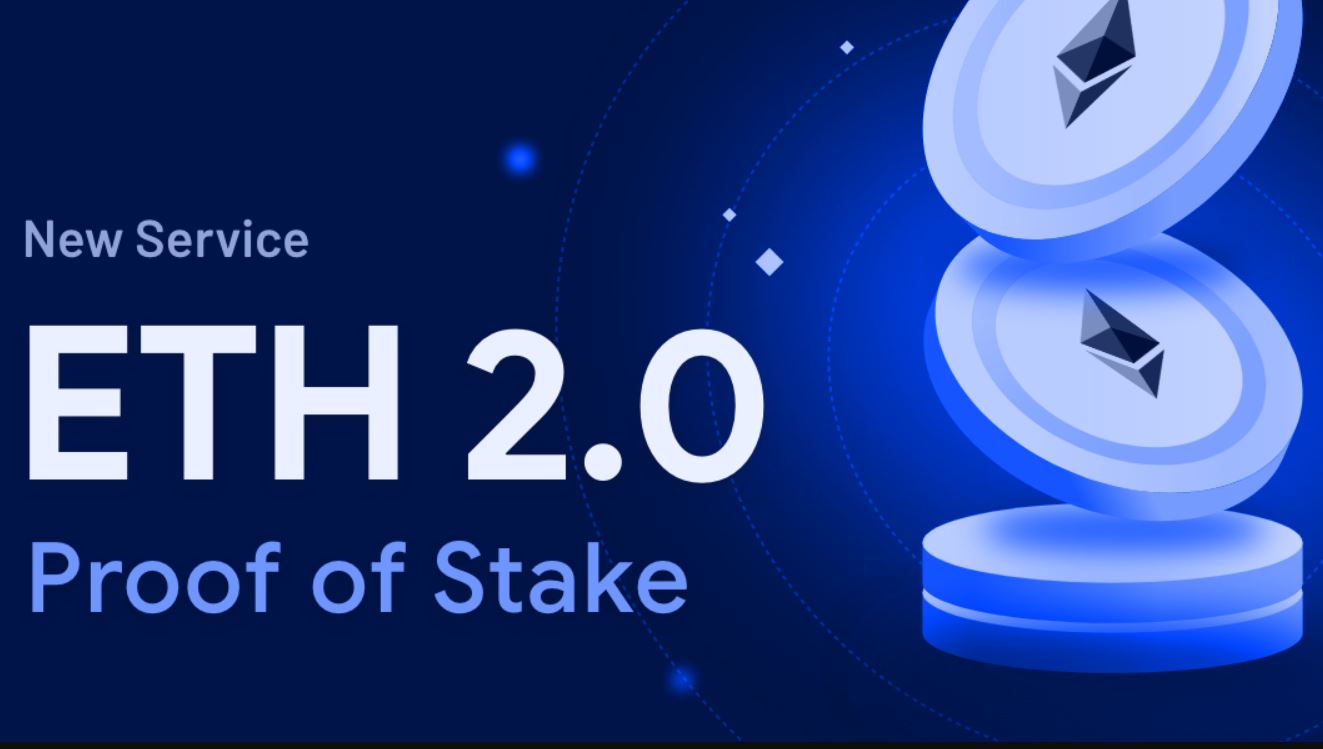
Cardano. With Cardano, you download a compatible wallet and sync it with the Cardano blockchain. This wallet will contain all your ADA coins, and if the coins are validated, you can stake the coins and receive rewards for doing so.
Tezos. Tezos offers strong controls and allows investors to introduce new ideas and improvements.
Cosmos. A decentralised platform that allows new startups to create blockchain services. It offers rewards on exchanges of up to 8.32% per year.

Algorand. A new kid on the block. It came into being to address the problem of scalability and how to eliminate risk.
EOS. EOS uses the PoS network. It helps in earning profits and offers you rewards that add to your income.
Staking crypto explained in exchange vs personal wallet
The primary benefit of staking is that you earn more crypto, and interest rates can be very generous. You can earn more than 10% or 20% per year in some cases. It’s potentially a very profitable way to invest your money. And, the only thing you need is crypto that uses the proof of stake model.
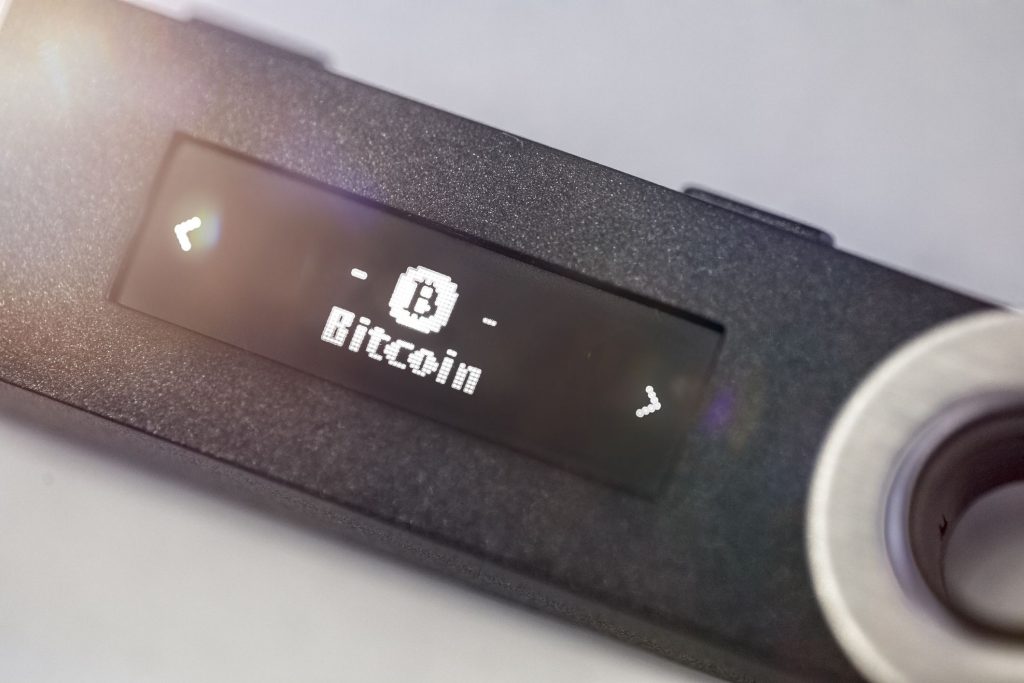
Which are the best wallets to use for staking?
- Atomic Wallet. Atomic wallet is one of the most secured, decentralized, and anonymous multi-cryptocurrency wallets where users can store multiple coins and tokens.
- Binance Exchange Wallet.
- Guarda Wallet.
- AirGap Wallet.
- Ledger Hardware Wallet.
- Trust Wallet.
- Huobi Wallet.
- StakeBox.
Is staking crypto worth it? How to make money staking crypto?
Yes, staking is generally an attractive option. Staking offers investors attractive returns at minimal risk. Returns of up to 20% annually are available. The biggest risk you face with crypto staking is that the price that you initially bought the token at, then drops. Staking doesn’t isolate you from this risk, similar to investing in the stock market.
Other risks to take into account include:
A Liquidity Risk: the ease or otherwise of liquidating your asset and receiving the cash returns.

Lockup Periods could limit the option of accessing the assets or unstaking them. In other words, if the tokens have diminished in value, you would lose money.
Duration of Reward could affect staking rewards if long-term renewable periods are selected. Daily rewards posted to your account are recommended.
Validator Risk to run a validator node to stake a cryptocurrency requires technical expertise to ensure that the staking process runs smoothly. To avoid the risks of staking with your validator node, you could delegate your stake to a third-party validator using a service like Trust Wallet.

Costs of Validators staking cryptocurrency do not come without costs. Use a third part validator service to minimise hardware and energy costs.
Theft or Loss Whether you’re staking or simply holding your digital assets, backing up your wallet and securely storing your private keys is critical for secure digital asset storage.
Benefits of Staking Crypto
The primary benefit of crypto staking is that you earn more crypto, and interest rates can be very generous. You can earn more than 10% or 20% per year in some cases. It’s potentially a very profitable way to invest your money and the only thing you need is crypto that uses the proof of stake (PoS) model.
Is staking safe?
Staking crypto is a relatively risk-free option for investors. While you should bear in mind that crypto markets are very volatile and can result in short-term losses, crypto staking risks your tokens minimises it.
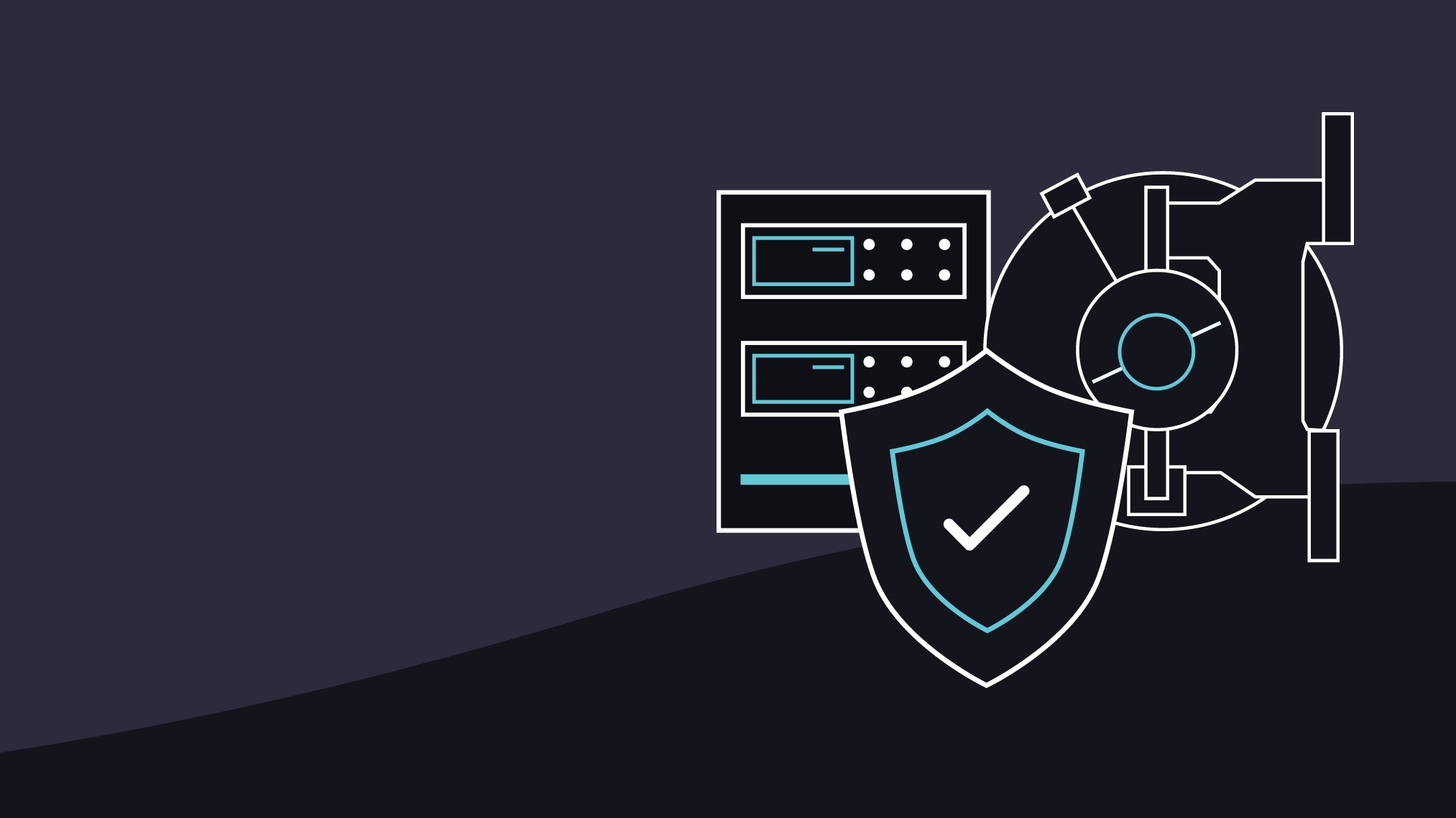
Staking crypto risks
Cryptocurrencies are volatile propositions similar to investing in stock markets and shares. A single utterance by a major investor could devalue one cryptocurrency within a few minutes. Before investing, you must have a clear grasp of the potential risks involved. Consider the following:
- Consumer Protection
Legislative requirements in different countries, and for investments and particularly digital currencies, are currently fluid, if not unpredictable. Investors must apprise themselves of these requirements and know what protective mechanisms are available.
- Transaction charges
Transaction fees differ between exchanges and currencies. Compare these costs and assess whether they comply with regulated investment products on traditional exchanges.

- Product Complexity
Similar to stock exchanges, the complexities associated with certain cryptocurrencies, such as legal requirements, trading prescriptions, and international dynamics (economic cycles, political instability), present notable difficulties in grasping the risks associated with trading and staking cryptocurrencies. In addition, the existing supply and demand variations in the market influence the value of a cryptocurrency when the conversion of cryptocurrency to cash is required.
- Price Volatility
Cryptocurrencies rise and fall continuously. You face the risk of losses on your investment.
- Marketing Resources
Cryptocurrencies usually predict growth and good returns on investments. You should always assess the risks and prospects of any investment. Be especially wary of absurd claims about new cryptocurrencies’ growth prospects.
